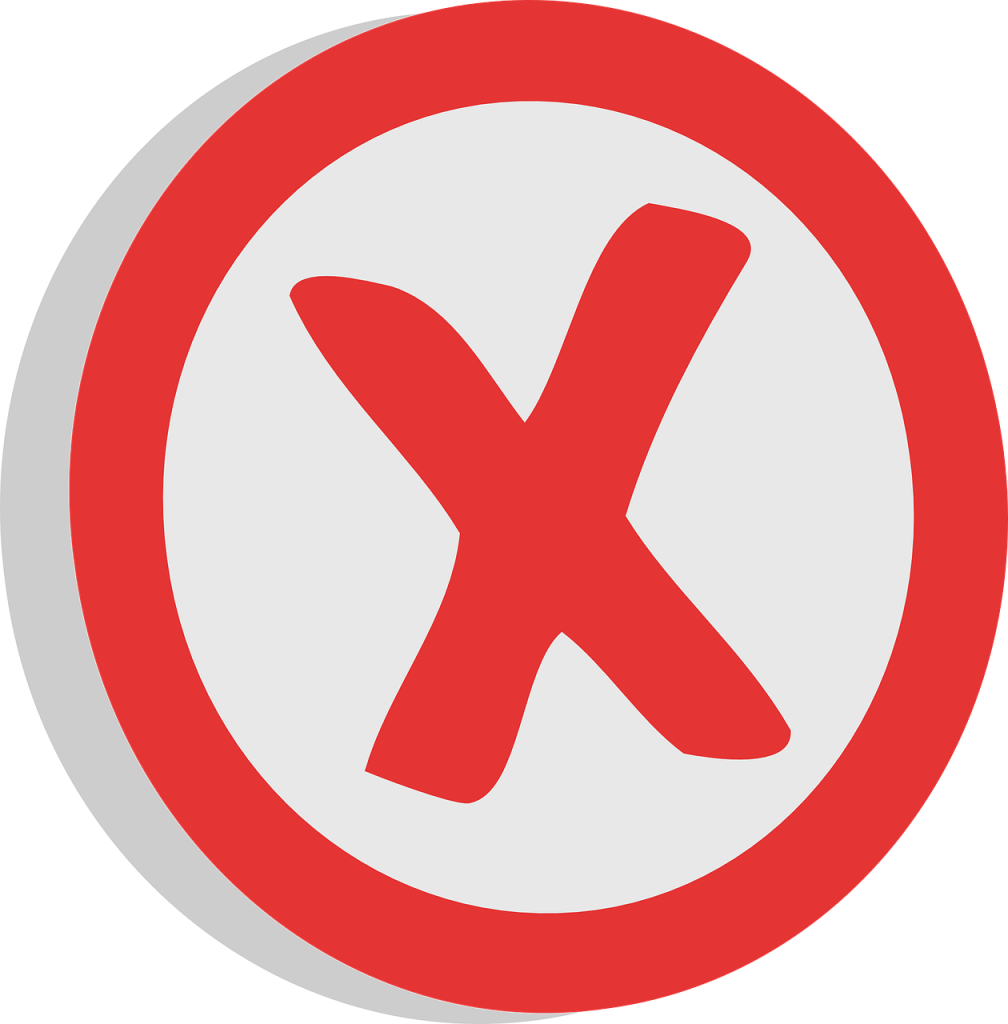How to Keep your Tech Job Search Discreet
With such a hot IT job market right now, it’s a great time to be looking for a new one. With so many open IT jobs, the hardest part may not be finding one. The hardest part will be be conducting your job search without tipping off your boss. Here are some tips from IT staffing companies for discreetly going about your next search.
Location, Location, Location. Utilize local coffee shops for calls with recruiters and phone screens when you have to take a call during work hours. You can also take a call in your car during a break or while driving to or from work. The key is to pick a quiet location where you have good service on your phone. You don’t want to spend a call with a hiring manager fervently whispering or worrying a coworker will overhear you. The most ideal circumstance, if you can achieve it, is to set up any calls before work or after and take them at your house, on a landline, in a room by yourself.
Keep your resume posted as confidential and don’t make your LinkedIn updates public. Your job search will be conducted almost entirely online, but you don’t have to make it obvious. IT recruiters suggest posting your resume as confidential on job boards and choosing the right settings on your LinkedIn. (Obviously, you don’t want to make your tagline ‘Seeking new opportunities,’ either.) Even if you think your boss would never look online or go on LinkedIn, you don’t know who else may see evidence of your job search. People may gossip about your search or even tell your boss directly.
Don’t discuss your job search with coworkers. While it can be tempting, this is a mistake that might really sink you. As tempting as it is to talk about your search, it can be even more tempting for your coworker to talk about it with somebody else. Even the coworker who’s your best friend might accidentally let news of your job search slip. IT staffing agencies suggest you only talk about your search with people outside of work, like family and non-coworker friends. It’s your safest bet.
Change for interviews outside of the office. If you need to change into a suit for an interview (and IT staffing firms always suggest wearing a suit), don’t change in your office or come into work wearing a suit. Stop off at a coffee shop, a local mall, etc. Wearing a suit when you normally don’t will certainly spark curiosity. Worse, you may have to answer questions about it and be forced to lie. It’s worth it to just change elsewhere to avoid any of this!
Take enough PTO when you schedule an interview. Technical recruiters suggest taking ample time for an interview. You may have to do things like coding tests or whiteboarding sessions. You might also get the chance to meet more team members, hiring managers, etc. So take enough time off work to do whatever you need for your interview. You don’t want to miss out on the job because you had to rush back to the office!
Want to see our open IT jobs? Follow us on LinkedIn. We post new jobs daily!










